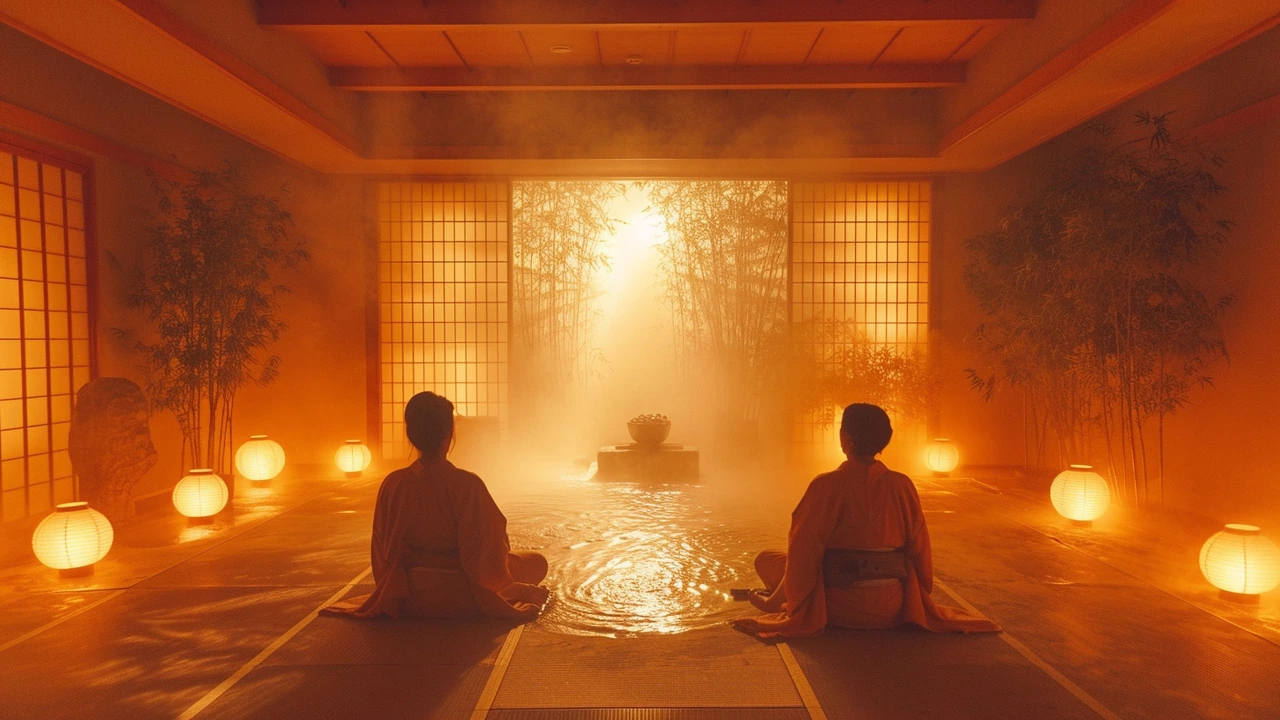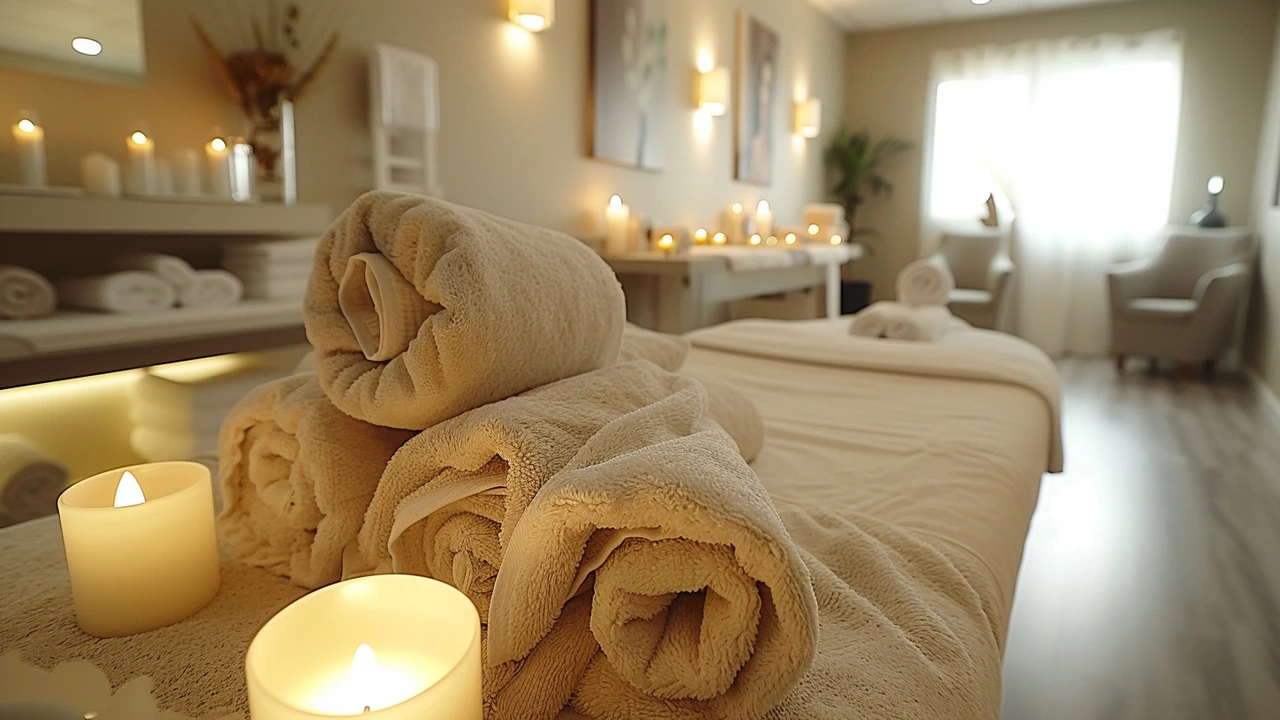Craniosacral Therapy: A Comprehensive Guide for Beginners
 Dec, 1 2023
Dec, 1 2023
Understanding Craniosacral Therapy
Picture this: You're lying comfortably on a soft, surroundings-infused-with-serenity therapy table. A skilled practitioner, with hands as soft as a butterfly's landing, making gentle touches on your head and base of your spine. You might not be feeling much at the first glance, but after a session of Craniosacral Therapy, you are sure to sense a feeling of complete calm or even energy surges through your body. Sounds intriguing, doesn't it? Well, let me tell you, Craniosacral Therapy is more than just a fantastical movie scene; it's a science-loaded, miraculous practice that's been around for almost a century.
A Little Background History
Despite its obscure sounding name, Craniosacral Therapy, or CST for short, has a colorful and interesting background. The therapy technique emerged as a medical branch in the early 20th century, primarily attributed to Doctor William Sutherland. He was the first to propose the theory that the skull bones are capable of slight movement - a stride away from the long-held belief that they are rigid and unmoving after infancy. This groundbreaking thinking paved the way for CST's development, inciting a practice revolution.
The Science Behind The Magic
CST primarily focuses on the craniosacral system, which involves the membrane and fluid surrounding the brain and spinal cord, extending from the cranial bones to the sacrum. This system has a vital role: maintaining the physiological environment for the central nervous system. As simple as it sounds (not), it's a complex, multifaceted relationship – think about that on-again-off-again couple, you know the complexities I'm talking about, right? Here, however, the on-again-off-again cycles are the rhythmical fluid fluctuations - the craniosacral rhythm.
This Rhythm's Gonna Get You
Determining the potency of the craniosacral rhythm is a crucial part of this therapy. Imbalances or alterations in this rhythm may be a sign of dysfunction or disease in the body. Hold on! It isn't anything like feeling for your pulse on your wrist. Detecting this subtle rhythm requires the fine-tuned skills of a trained practitioner and a feather-light touch, so light that it's about the weight of a nickel. It's a hidden melody, invisible to most, yet entirely decipherable to some.
The Therapy in Action
The therapy session typically proceeds with the practitioner locating disturbances in your craniosacral rhythm, and then using soft touches, almost around 5 grams of pressure, correcting these anomalies. These delicate therapies can relieve tensions deep within the body, resulting in profound and positive effects. All right, enough of the techy talk, let me tell you about my experience with CST. A while ago, I had an opportunity to give it a whirl, looking for a solution to my stubborn migraines. After my first session, I entered a new dimension of relaxation and found a significant change in my migraine patterns. Total score, right?
The Hope from CST
CST has a broad spectrum of potential benefits, from coping with stress and migraines, as I can confirm, to more severe conditions like autism and post-traumatic stress disorder. It has even shown signs of improvement in those with spinal cord injuries. My practitioner told me, “Craniosacral Therapy is like a gentle whisper to your body's self-healing mechanisms, urging them to initiate the healing process." What a mystical description, right?
Let’s Address the Elephant in the Room
As with most alternative therapies, CST has its share of skeptics. Some critics argue the lack of robust scientific evidence, while others question the hypothesis that the cranial bones move. Nonetheless, countless personal stories closely resemble mine, where people have gained relief from long-standing issues. To each their own, critics and practitioners will carry on their dance, but legally and ethically, make sure you consult with your doctor before you dive in.
My Two Cents
While I understand the need for hard-core evidence, I can't ignore the fact that my migraines are, in fact, more manageable since I introduced CST into my life. Adding this valuable therapy to my health routine has been transformational and let's face it, sometimes, you’ve just got to trust the whisper. Who knows? You may end up finding your harmony in the subtle rhythm of Craniosacral Therapy.
Final Thoughts
Through the gentle touch of Craniosacral Therapy, your body could find a new equilibrium, disrupting long standing health issues, and opening a door into astounding levels of relaxation. But remember folks, as with any therapy or procedure, it's crucial to do your homework, consult with experts and, above all, listen to your body’s needs.
If you're struggling with health problems that traditional medicine hasn't been able to tackle effectively, perhaps it's the sign you've been waiting for to explore the world of Craniosacral Therapy. Why not take a deep dive into your body's symphony? And, who knows? You might just end up dancing to the rhythm of your body's healing pulse.





